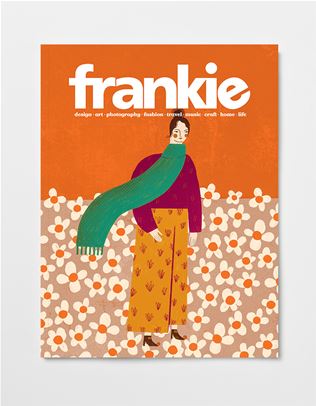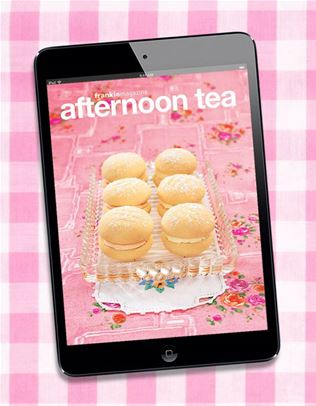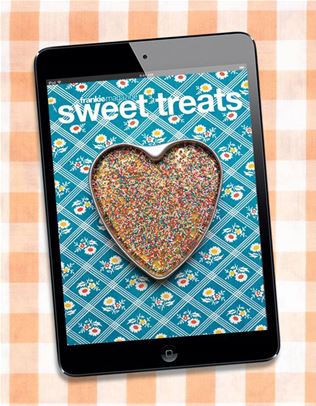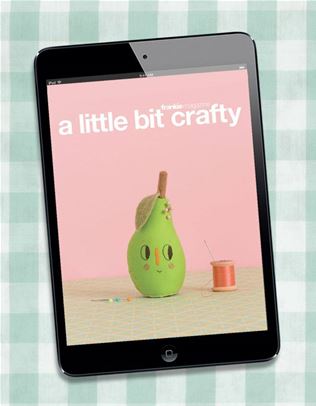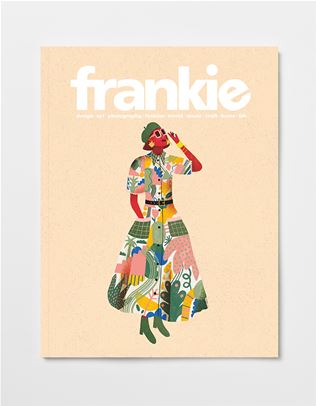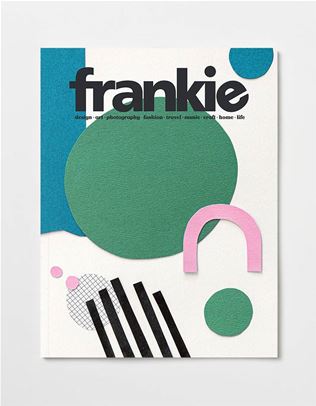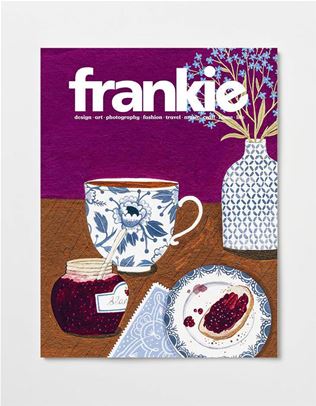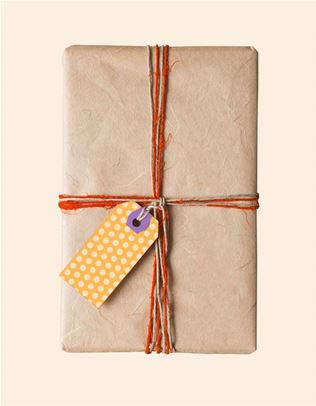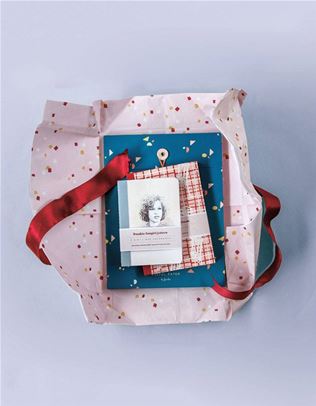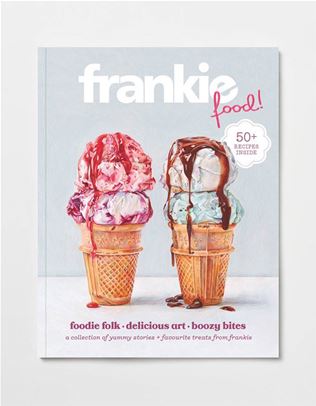a yarn with melbourne-based textiles artist, rachel wood
Rachel Wood is a bit of a wizard when it comes to textiles. The Melbourne artist teaches various workshops on weaving, dressmaking, mending, screen printing, and macrame, and is also hosting an installation, ‘Universally Repaired’, with Boroondara Arts through their ‘Make, Mend Do: Crafting a Circular Economy’. Inspired by the high levels of waste within the fashion industry, Rachel aims to educate how textiles are hurting our environment, as well as offer solutions on how to ease our poor planet’s suffering.
Hiya Rachel! Please introduce yourself and a little bit of what you do. Hello, I’m Rachel AKA Wunder Weave, a textile artist based in Melbourne. I’m inspired by imaginative play and I love supporting people in tailoring their artistic experiences to meet their unique requirements while also fostering their creative expression.
When did your love for art first begin? I think my journey traces back to the days of rummaging through garbage bags of hand-me-downs. Being the youngest in my family, I’d often have last dibs on the second-hand clothing pile as it trickled down the sibling ladder. When the clothes finally reached my hands, they were often well-worn, misshapen, or the wrong size. Nevertheless, I remember feeling so excited to work with my mum to make adjustments and repairs. This definitely marked the initial spark of my creative expression.
Talk to us about your creative process. It usually starts with an idea that seems impossible or way too complicated. Once inspired, I will transition from abstract ideas to concrete concepts through sketching and creating samples or dioramas. When working with the community, I often like to loosen my approach let things unfold in real-time, and let collaboration and conversation guide the process. My favourite part of the process is experimentation and interaction where I get to work with the materials in my hands and try different techniques.
What is your favourite medium to work with? At the moment it's definitely fibre! Usually wool or something plant-based like flax or cotton. The ability to manipulate the colour and texture to create yarn art is one of its most appealing aspects. Currently, I’m exploring the use of textile scraps to create my own Wunder Weave yarn from the fibre I collect at my workshops. Working with fibre in this way provides such a lovely tactile and sensory experience which is what continues to bring me back to my practise.
What do you enjoy the most with the ‘Make, Mend Do’ program with Boroondara Arts? What I like most about 'Make Mend Do' is its power to bring people together, foster skill-sharing, promote unity, and inspire a more thoughtful and sustainable approach to clothing consumption. 'Make, Mend, Do' also focuses on crafting a circular economy so we can stop waste from being produced including refusing waste-producing items, such as single-use plastic, reusing materials, repairing instead of buying a new replacement item, and buying pre-loved clothes and items either from retail stores, markets or verified online market platforms. I’m also interested in educating people about the circular economy, and how to extend the lifespan of materials and reduce waste creatively.
Please describe ‘Universally Repaired’ to us. Part art installation, part museum artifact, ‘Universally Repaired’ is my impression of the ozone layer, installed at Hawthorn Arts Centre until mid-December. Made only from recycled materials, this large-scale work is a collection of smaller art pieces made by community members through workshops, social circles, and student classrooms. The creation and installation of the artwork invites us to consider our role in the fast fashion industry and how we can be a positive force to ensure our clothes have a second life and don’t end up in landfill. It highlights fast fashion’s impact on our planet as the second-largest contributor to our carbon footprint, with devastating implications for our environment, including contributing to the hole in the ozone layer.
What inspired you to create this installation? The fashion industry, due to its fast-paced nature and relentless pursuit of trends, has become one of the leading contributors to pollution, waste, and carbon emissions. This realisation weighed heavily on me, and I felt the push to use my skills and platform to be part of the solution rather than contributing to the problem.
What do you hope people get out of 'Universally Repaired'? Cultivating a mindset that prioritises the care and repair of well-crafted clothing, instead of opting for fast, disposable fashion.
'Make, Mend, Do: Crafting a Circular Economy' is a Boroondara Arts and the City of Boroondara program.





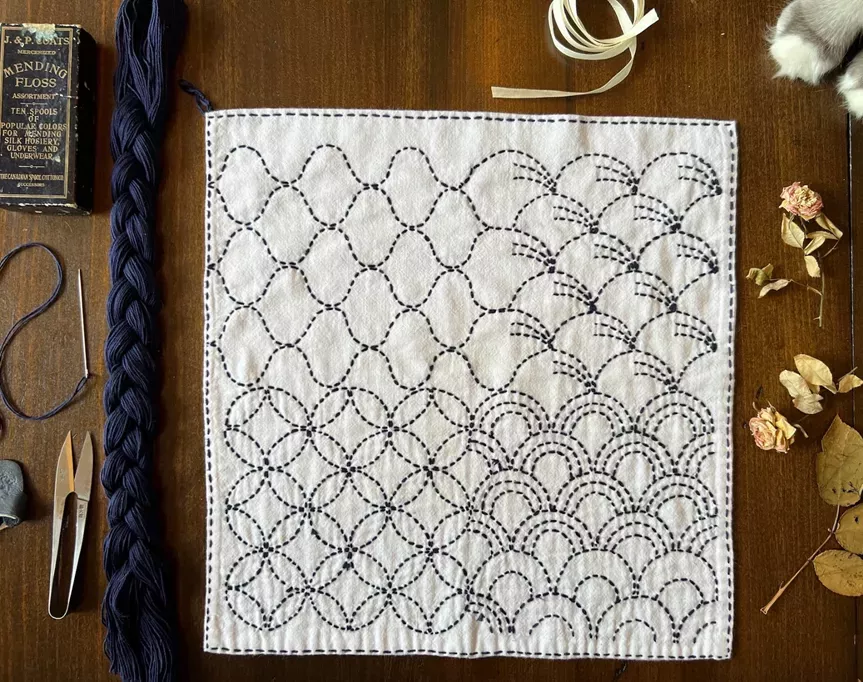
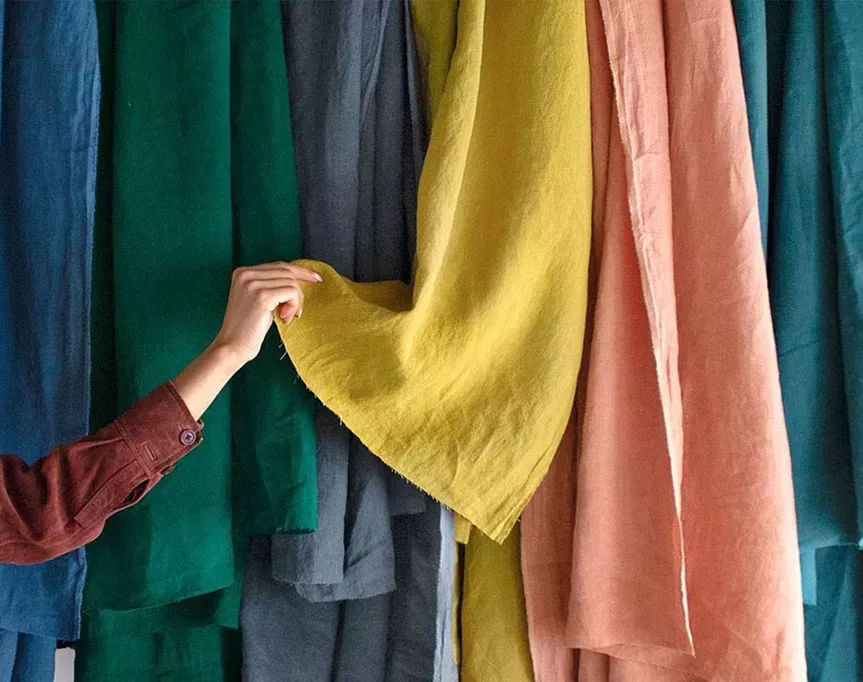
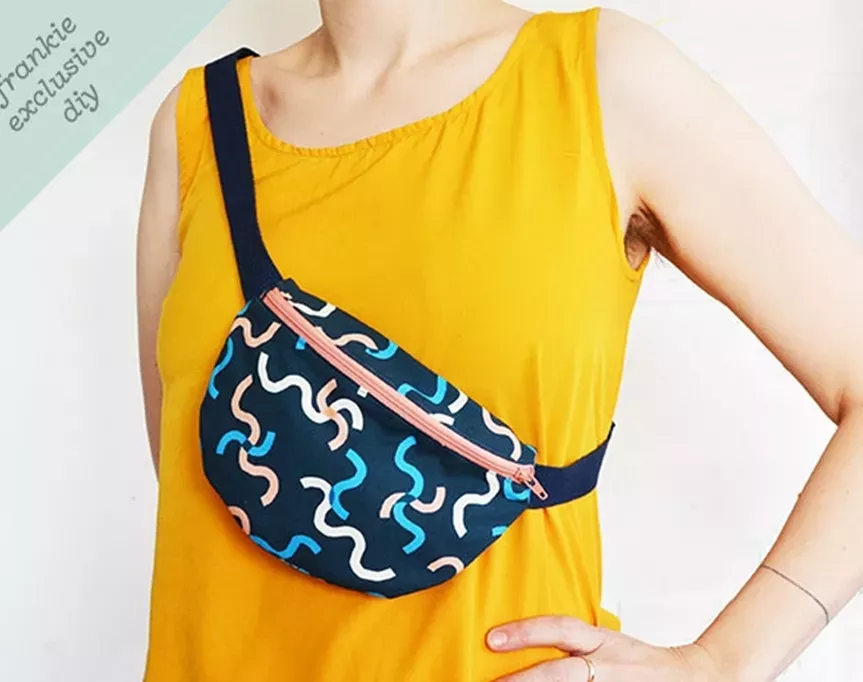
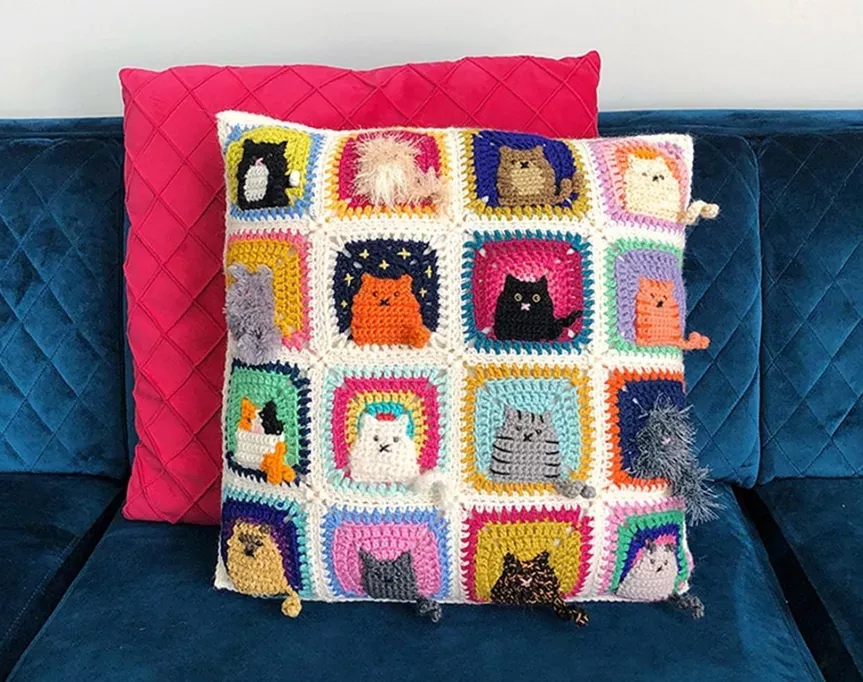
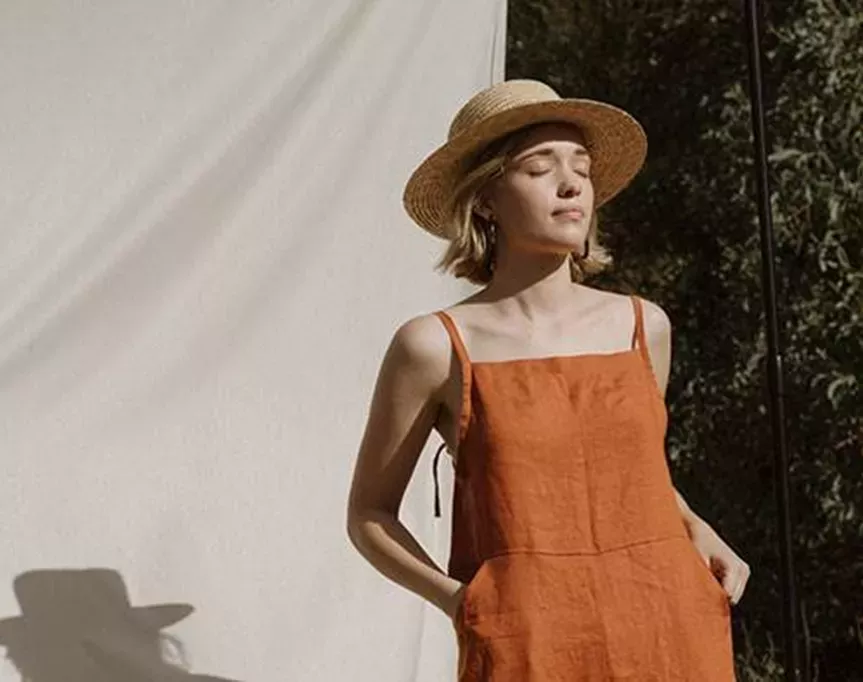
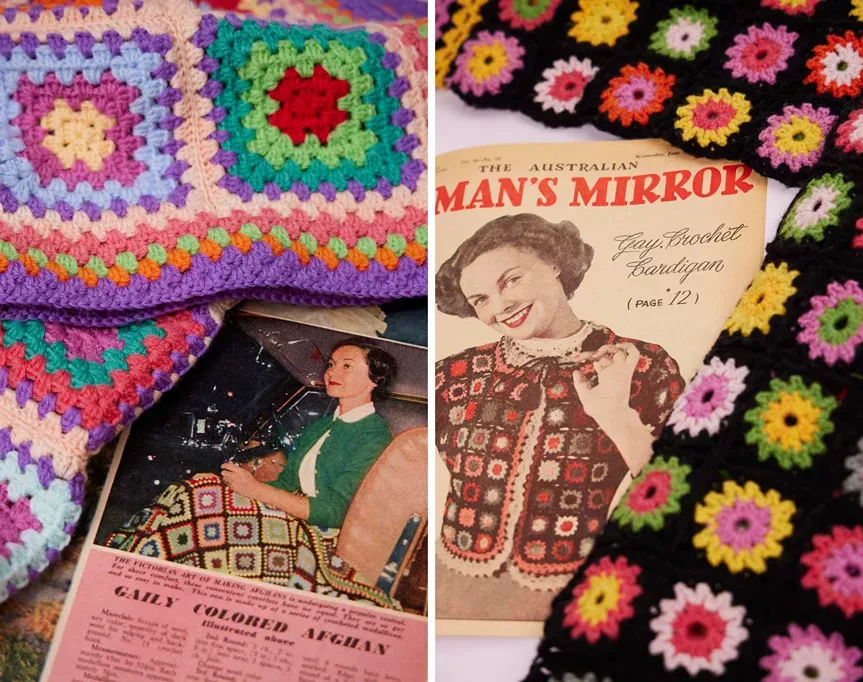

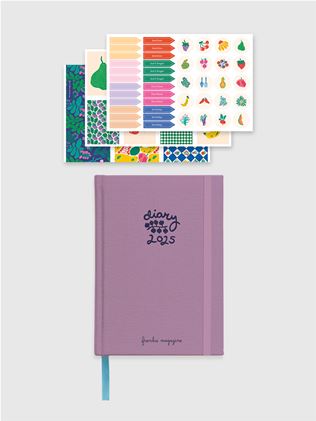
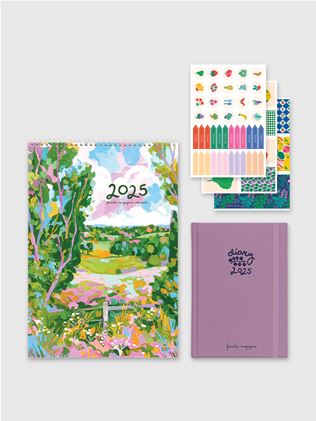
.jpg&q=80&w=316&c=1&s=1)
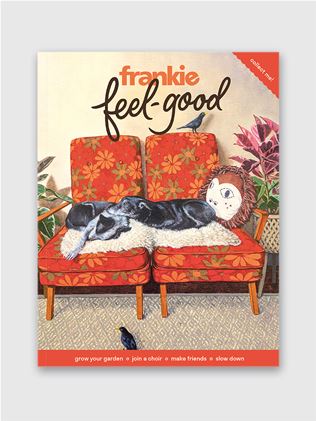
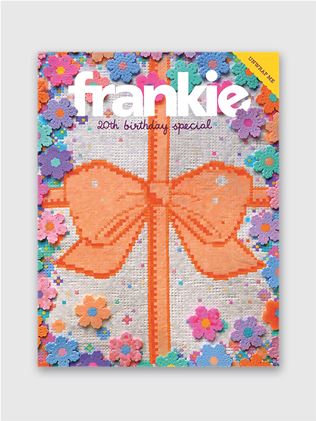
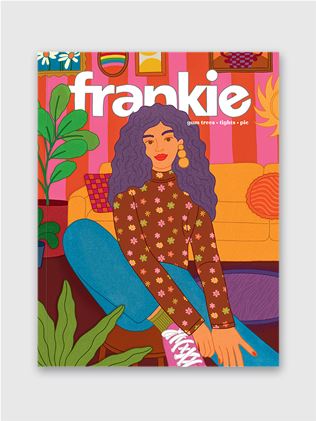
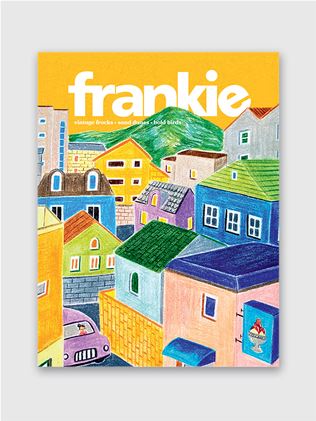
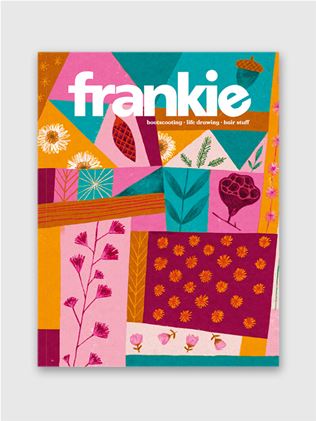
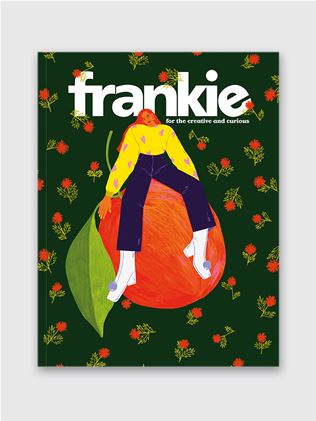
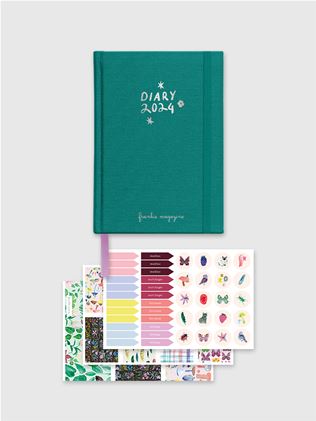
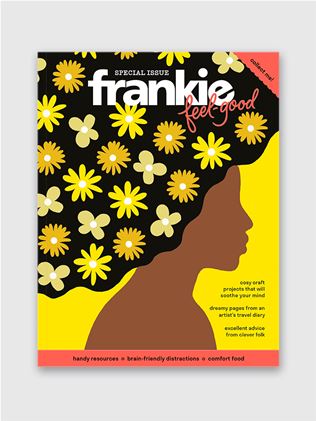

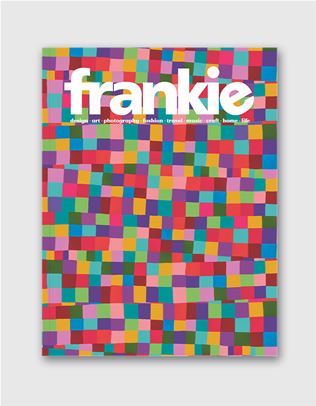
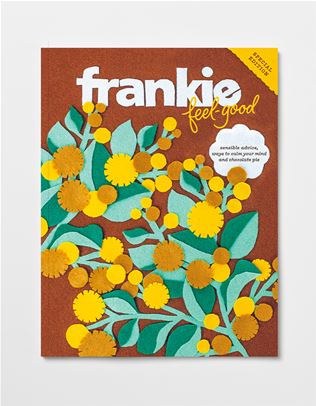
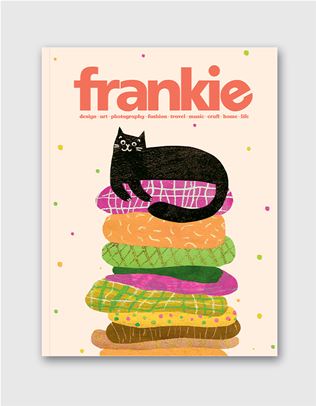
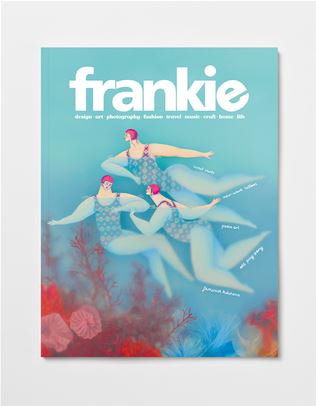
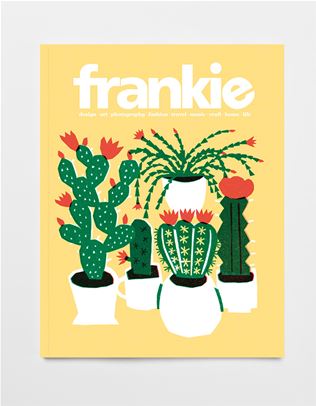
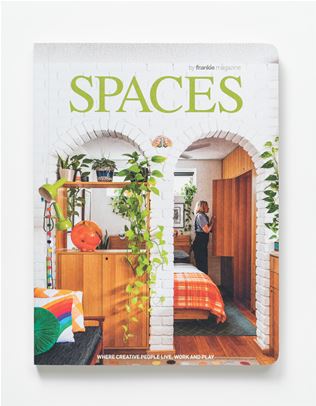
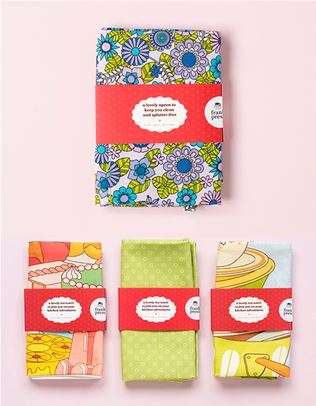
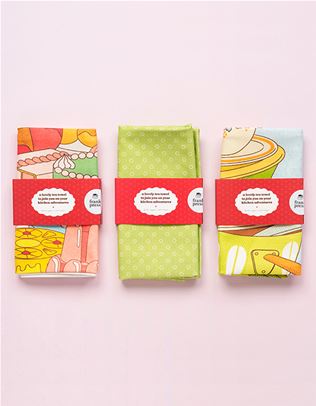
.jpg&q=80&w=316&c=1&s=1)
